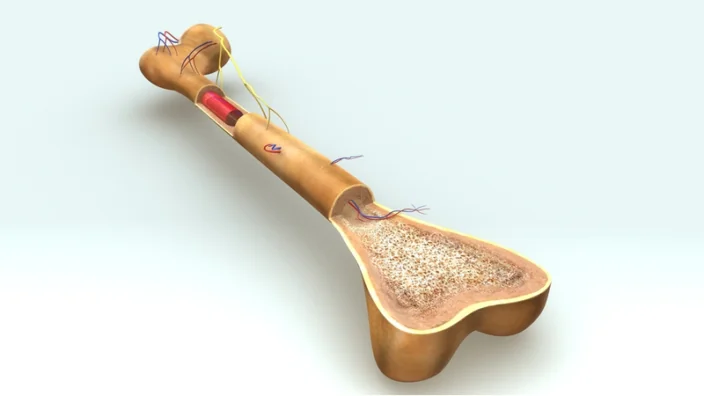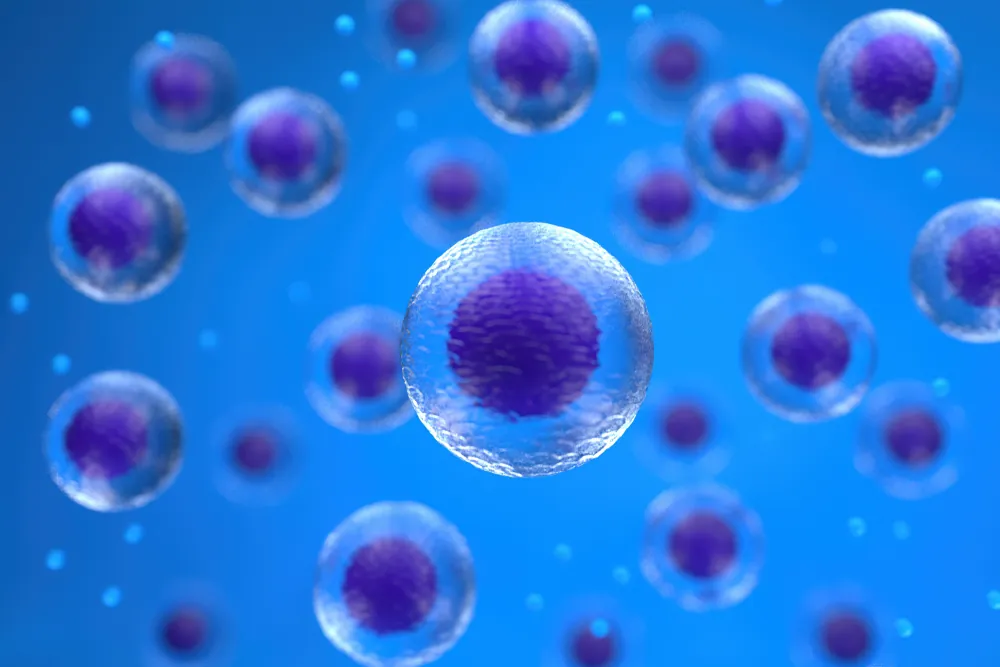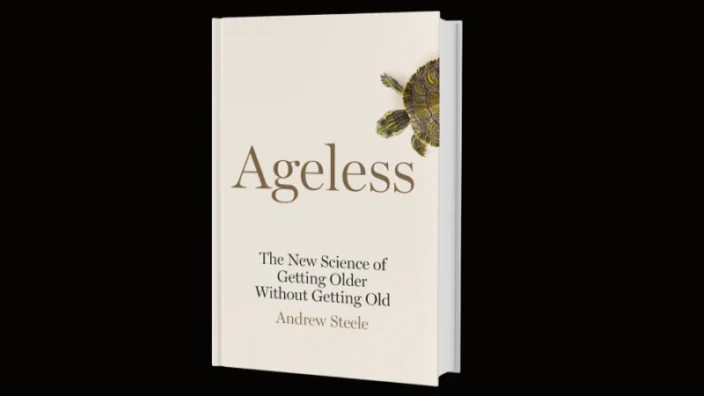Data Released from the NIA Long Life Family Study
Since 2005, a team of researchers in Denmark and the United States have been conducting the National Institute on Aging’s Long Life Family Study (LLFS). Enrolled in the study were 4953 individuals from two generations of family, including siblings, spouses and offspring. Families recruited from the United States and Denmark had to prove a family history of longevity to be eligible.
A broad, longitudinal study
This study involves two in-person visits to assess healthy aging phenotypes in families, which were not limited to cognition, physical, metabolic, heart health, and inflammation indicators. It uses the Family Longevity Selection Score (FLoSS) to recruit participants. The FLoSS can be described as a family score that estimates a living family member’s lifespan. How the researchers determined the score formula can be seen in their methods paper [1]. Since data shows that longevity can run in families [2,3] this database sets itself apart from other population-based studies by being able to interpret research questions on longevity and healthy aging.
The Framingham Heart Study (FFS) study was started in 1948 by the National Heart, Lung and Blood Institute. Over time, it has had 15,000 people, which includes the original participants, their children, and their grandchildren in the Framingham, Massachusetts area of the United States. The original aim of this study was to identify what contributes to heart attack and stroke. This database has enabled research investigators to make discoveries regarding a number of different chronic diseases. For instance, we can thank this database for discovering that high blood pressure and unfavorable blood cholesterol levels are major risk factors for heart disease and stroke. Currently, this study involves various populations, so it is not aimed at recruiting families with a history of longevity like the LLFS study.
The results
In the LLFS and FHS groups, based on sex and age, the LLFS partipants had lower plaque artery build-up as showed by medium intima-media thickness (IMT). IMT is used as a marker of subclinical, non-symptomatic atherosclerosis obtained by carotid ultrasonography [4].
Results also showed that LLFS adult participants have higher levels of HDL cholesterol, higher lung function, lower prevalence of hypertension, lower rates of diabetes, and lower rates of coronary artery disease. The cognition tests showed that the LLFS adult participants scored higher on memory, attention and semantic processing. It is interesting to note that the prevalence of participants with obesity is about the same in both cohorts based on BMI. Other markers of body composition would be useful in the future that measure fat, muscle, and bone to confirm this finding.
The LLFS children had significantly lower rates of chronic lung disease, diabetes, and peripheral artery disease. Additionally, compared to the FHS children, LLFS children showed more healthy traits, such as more favorable blood pressure, physical performance, cognitive performance and lipid profiles.
Though the results from this study suggest that, on average, the LLFS participants appear to be healthier than the FHS participants based on age and sex, it is not consistent across all LLFS participants. In particular, one LLFS study in 2013 referenced 18 families that showed exceptional memory compared to 539 LLFS families [5]. Some of the LLFS families also varied in other health markers, such as grip strength, which also did not tend to be heritable in families.
The study also compared specific phenotypes between the LLFS and the FHS [4] using genome-wide association (GWAS). GWAS uses genomic technology to scan entire genomes of large numbers of people quickly in order to detect genetic variants correlated with a disease or a trait. With the GWAS data, they conducted analyses on heart health, anthropometrics, lipids, blood sugars, lungs, blood-based biomarkers, physical performance measures, brain and psychological traits, and a healthy aging index that can be seen in table 3 of this preprint publication [4]. They calculated heritability at each visit and over time, and they ultimately determined that the healthy aging phenotypes determined by the GWAS analyses are heritable in the LLFS cohort. To learn more, check out our article on multi-omics longevity genes.
On average, the LLFS families showed healthier aging profiles than the FHS familes for all age/sex groups and for many of the healthy aging phenotypes.
Conclusion
The LLFS families have lower rates of disease in the older adults and show healthier aging profiles in its participants as compared to the FHS families. The LLFS and FSH have different eligibility criteria; therefore, trying to compare them directly is like comparing apples to oranges. Despite their cohort differences, it can be useful to compare these different population datasets to further understand the etiology of healthy aging and longevity.
Literature
[1] Sebastiani, P., Hadley, E. C., Province, M., Christensen, K., Rossi, W., Perls, T. T., & Ash, A. S. (2009). A family longevity selection score: ranking sibships by their longevity, size, and availability for study. American journal of epidemiology, 170(12), 1555–1562. https://doi.org/10.1093/aje/kwp309
[2] Willcox, B. J., Willcox, D. C., He, Q., Curb, J. D., & Suzuki, M. (2006). Siblings of Okinawan centenarians share lifelong mortality advantages. The journals of gerontology. Series A, Biological sciences and medical sciences, 61(4), 345–354. https://doi.org/10.1093/gerona/61.4.345
[3] Gudmundsson, H., Gudbjartsson, D. F., Frigge, M., Gulcher, J. R., & Stefánsson, K. (2000). Inheritance of human longevity in Iceland. European journal of human genetics : EJHG, 8(10), 743–749. https://doi.org/10.1038/sj.ejhg.5200527
[4] Wojczynski, M. K., Lin, S. J., Sebastiani, P., Perls, T. T., Lee, J., Kulminski, A., Newman, A., Zmuda, J. M., Christensen, K., & Province, M. A. (2021). NIA Long Life Family Study: Objectives, Design, and Heritability of Cross Sectional and Longitudinal Phenotypes. The journals of gerontology. Series A, Biological sciences and medical sciences, glab333. Advance online publication. https://doi.org/10.1093/gerona/glab333
[5] Barral, S., Cosentino, S., Costa, R., Andersen, S. L., Christensen, K., Eckfeldt, J. H., Newman, A. B., Perls, T. T., Province, M. A., Hadley, E. C., Rossi, W. K., Mayeux, R., & Long Life Family Study (2013). Exceptional memory performance in the Long Life Family Study. Neurobiology of aging, 34(11), 2445–2448. https://doi.org/10.1016/j.neurobiolaging.2013.05.002


















